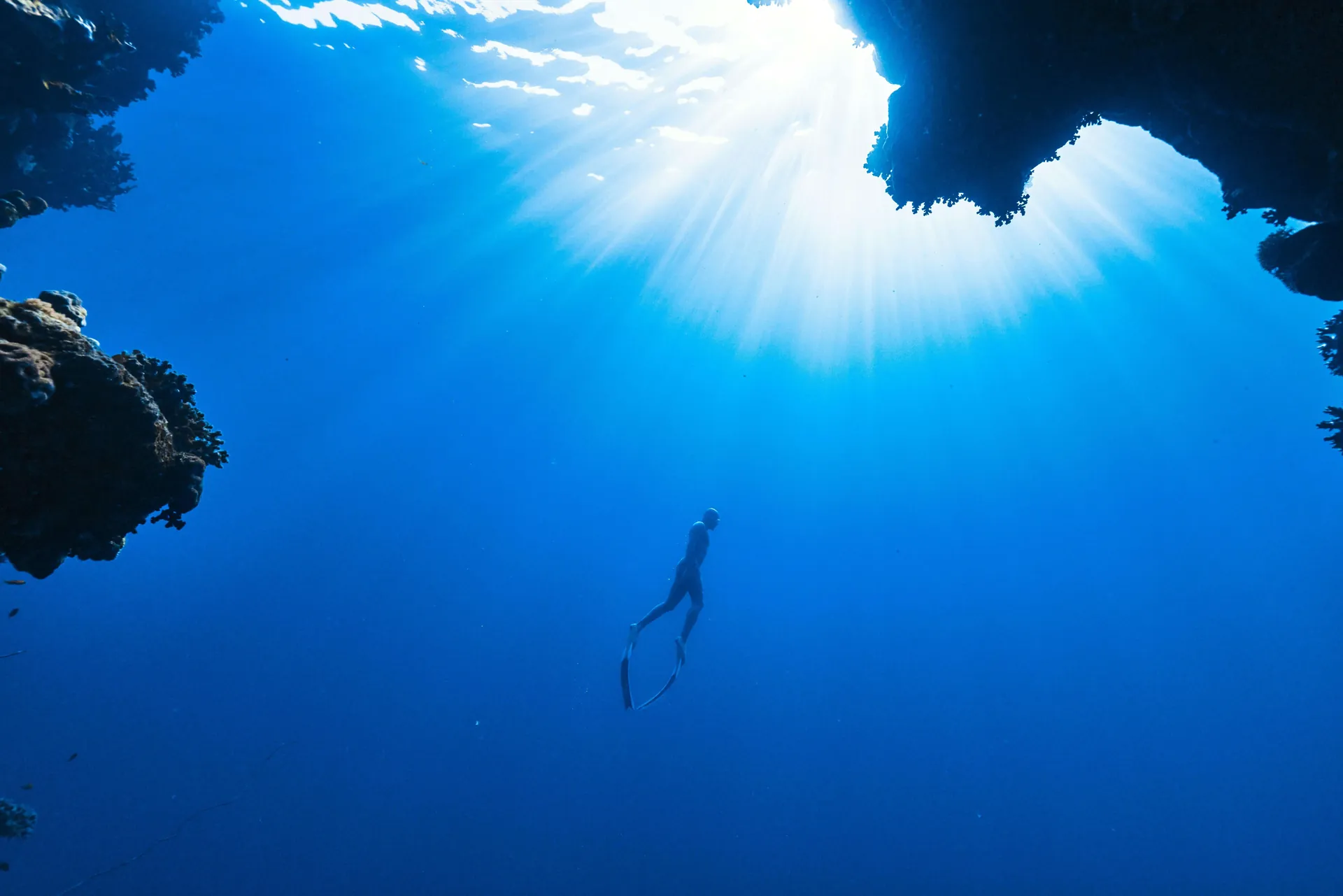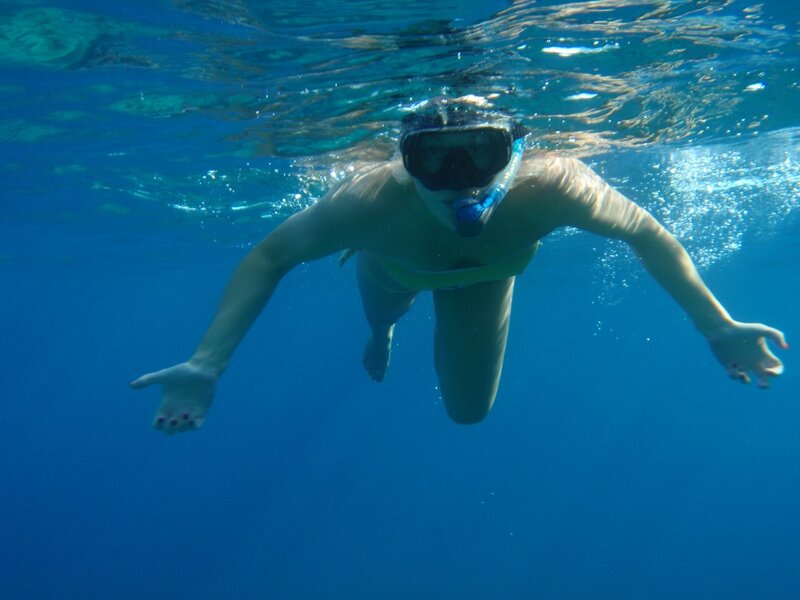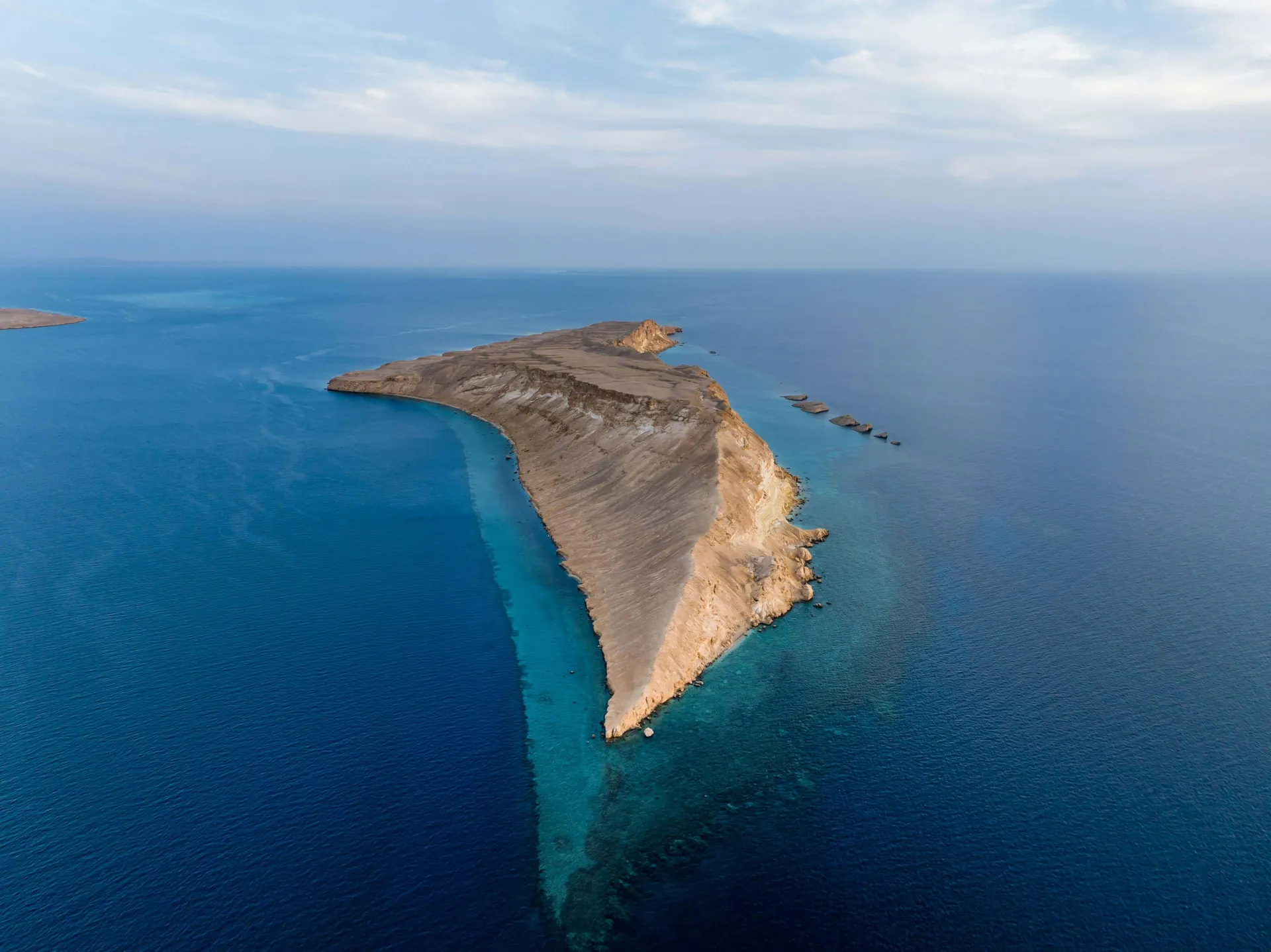Ramadan-Reisen am Roten Meer: 2025 Tipps für Besucher
Ihre Reiseplanung am Roten Meer während des Ramadan
Der Ramadan, der heilige Monat des Fastens und der Besinnung für Muslime, verleiht Reisen in die Region des Roten Meeres im Jahr 2025 eine besondere kulturelle Dimension. Wenn Sie Ihre Reise vorbereiten, ist es wichtig, die Tagesabläufe während des Ramadan zu verstehen, um ein bereicherndes Erlebnis zu haben. Ob Sie sich für Abenteuer beim Tauchen, das Erkunden der lebendigen Unterwasserwelt oder das Eintauchen in kulturelle Festivals am Roten Meer interessieren – der Ramadan bietet eine einzigartige Perspektive, um das Erbe und die Gastfreundschaft der Region zu schätzen. Dieser Guide liefert praktische Tipps, lokale Einblicke und wichtige Informationen für Reisende, die während des Ramadan das Rote Meer besuchen möchten.
Was Sie erwartet: Ramadan am Roten Meer
Der Ramadan, der voraussichtlich am Abend des 28. Februar beginnt und am 29. März 2025 endet, verändert die täglichen Routinen entlang der Küste des Roten Meeres. Viele Einheimische fasten von Sonnenaufgang bis Sonnenuntergang, und die Atmosphäre passt sich der spirituellen Besinnung und dem gemeinschaftlichen Beisammensein an. In beliebten Reisezielen wie Sharm El-Sheikh, Hurghada, Dahab und Marsa Alam werden Reisende Veränderungen bei den Geschäftszeiten, besondere Mahlzeiten zum Sonnenuntergang (Iftar) und eine festliche Stimmung nach Einbruch der Dunkelheit erleben.
Anpassung Ihrer Reiseroute
- Reiseveranstalter: Die meisten Touren und Ausflüge finden mit kleinen Anpassungen statt. Frühmorgendliche und späte Nachmittagsausflüge sind beliebt, um die Fastenzeiten zu berücksichtigen.
- Gastronomie: Restaurants öffnen oft später am Tag. Einige richten sich an nicht fastende Gäste, während andere erst nach Sonnenuntergang servieren. Hotels bieten häufig auch tagsüber Optionen für internationale Gäste an.



